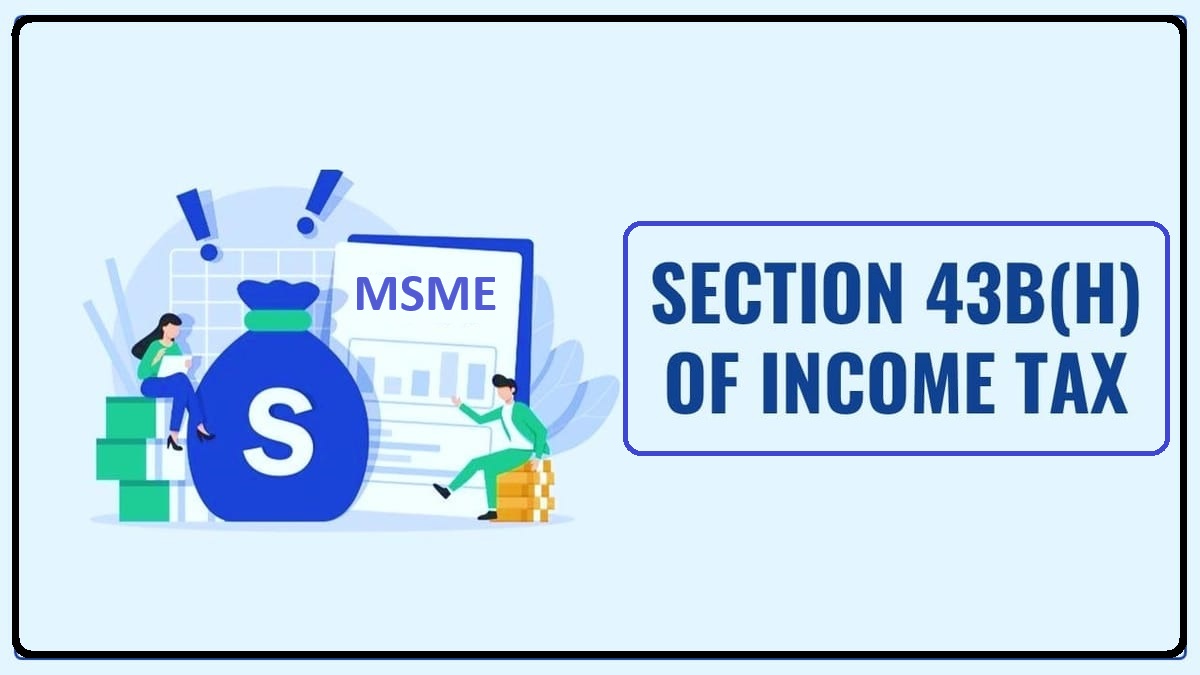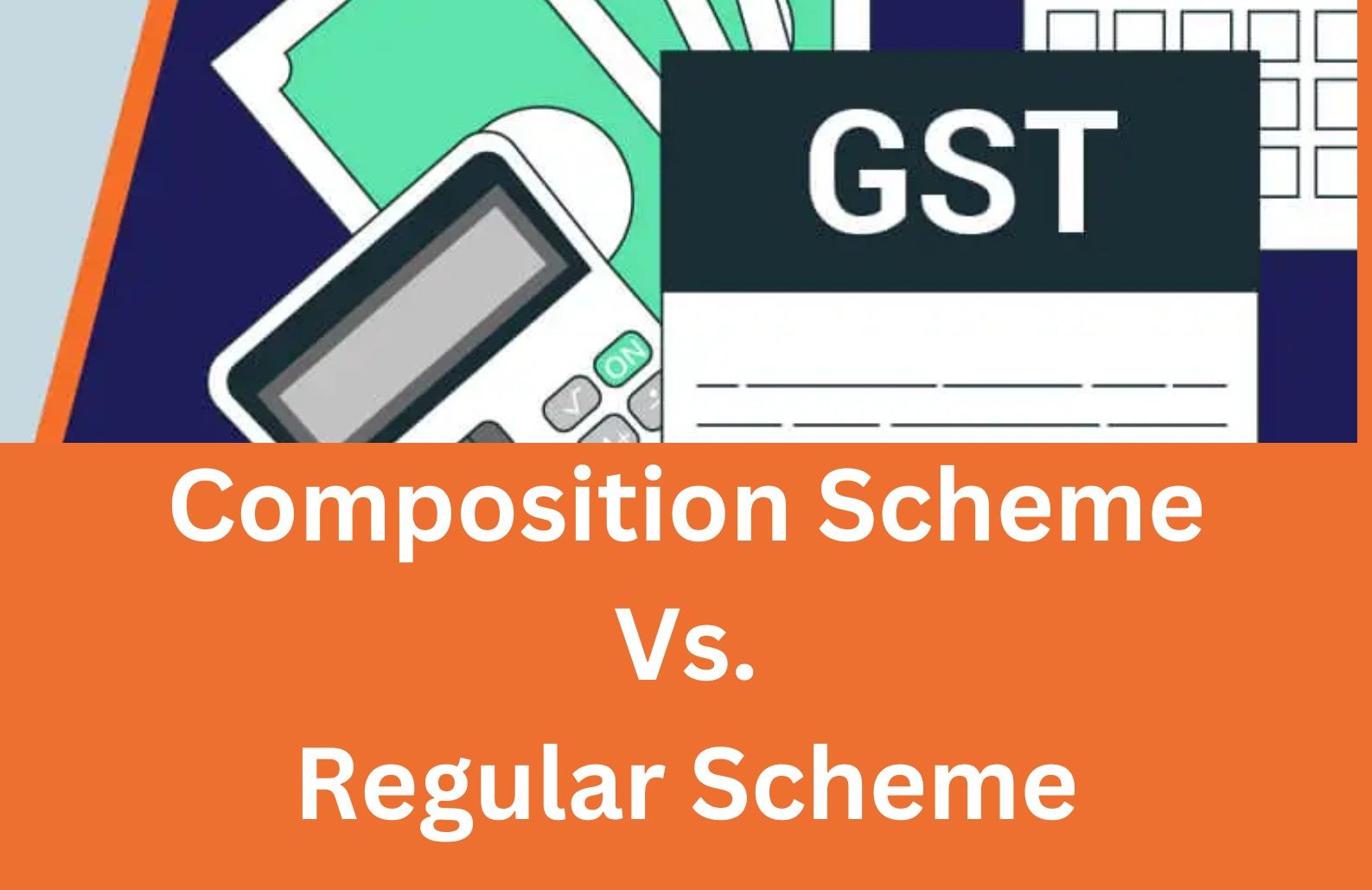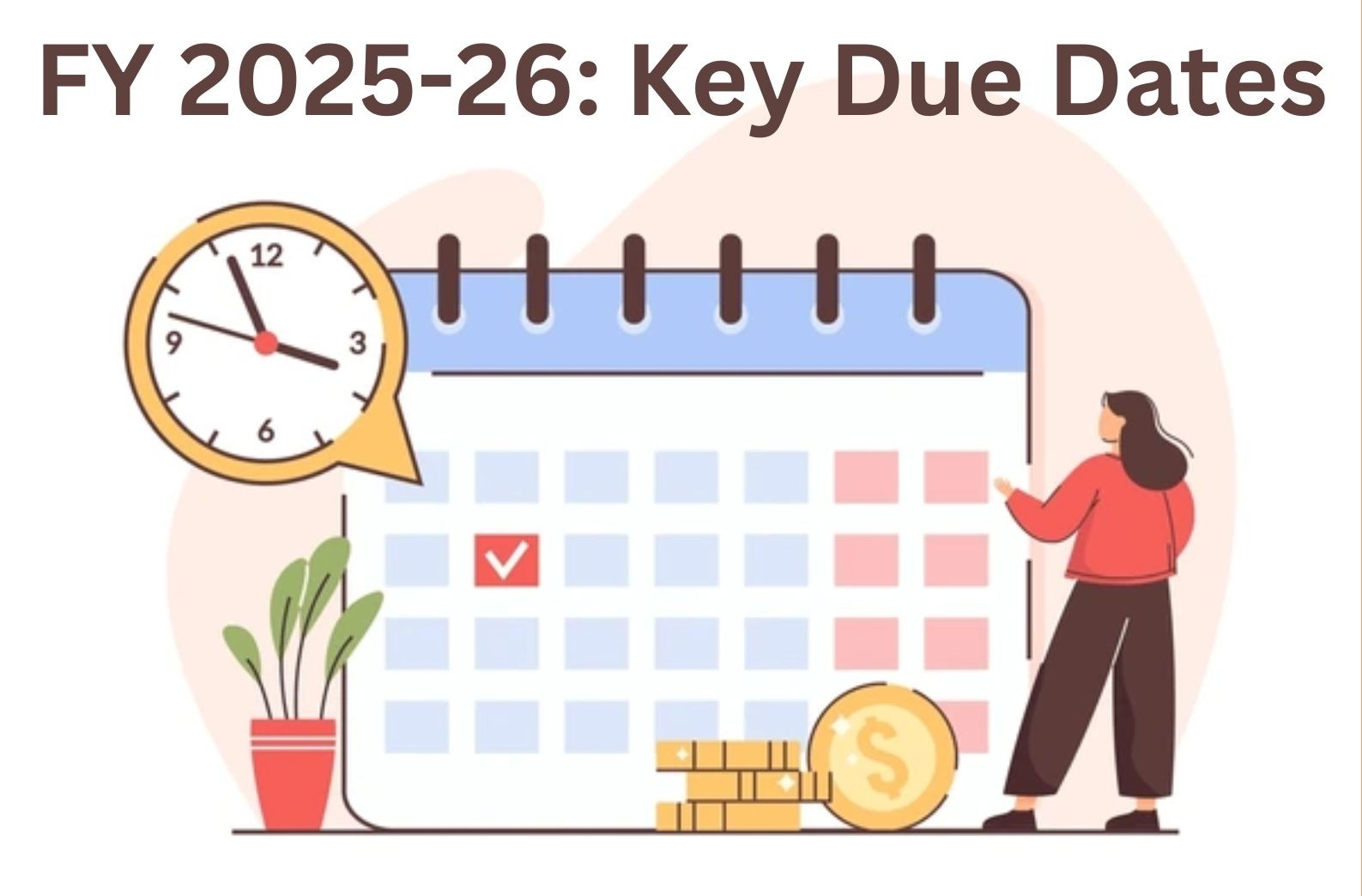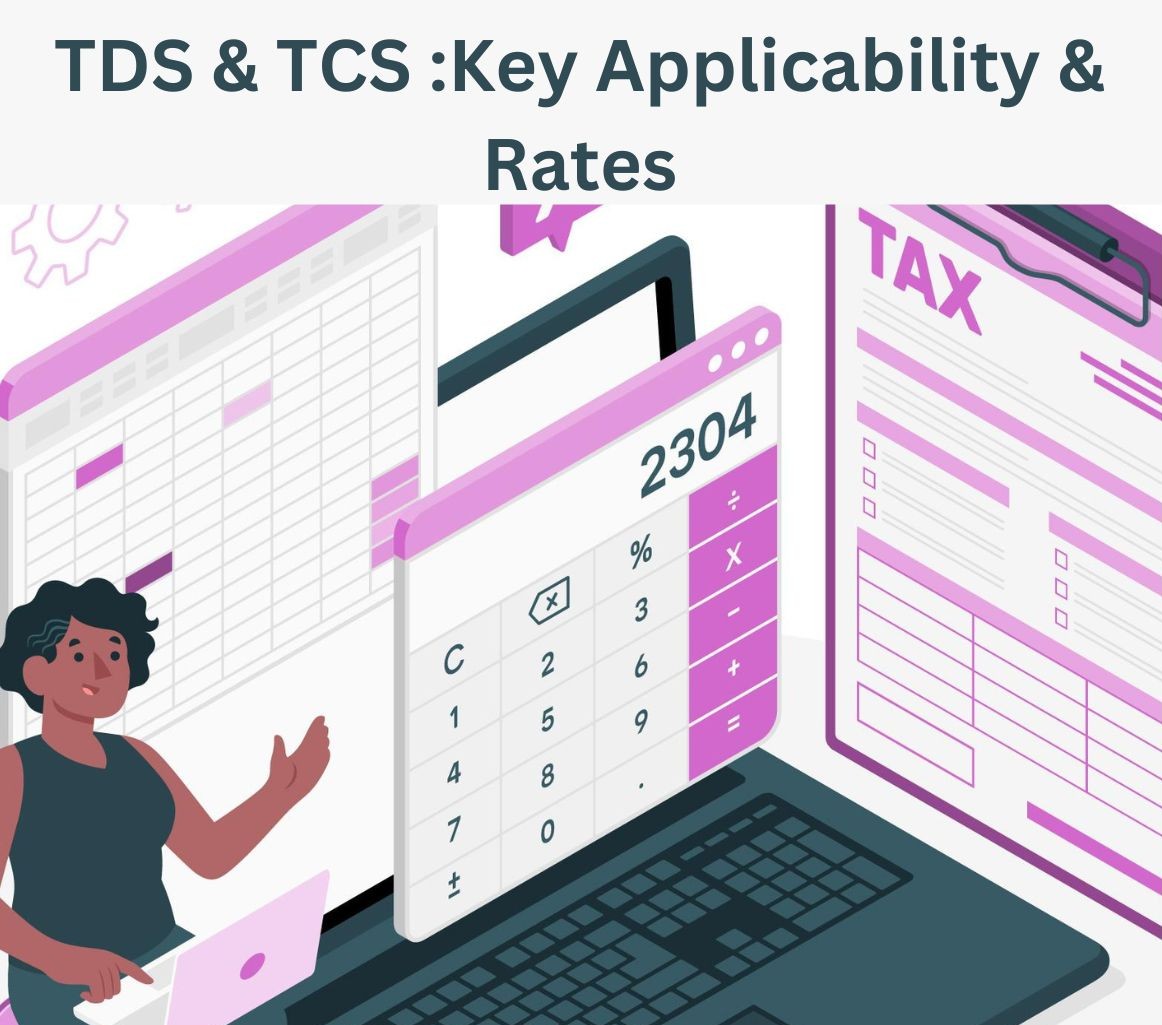Blog Details
24. GST Compliance in 2025: Update Yourself on what’s New

As we enter the fiscal year 2025-26, the GST regime continues to evolve, reinforcing its role as a cornerstone of India’s indirect tax structure. With numerous legislative updates, procedural changes, and clarifications issued via circulars and notifications, taxpayers must proactively align their compliance practices with the latest amendments. Here’s a concise overview of what’s new in GST for 2025 and what businesses need to update.
1. Mandatory Multi-Factor Authentication (MFA)
- Multi-factor authentication is now required for all taxpayers to log in to GST portals, regardless of turnover. This enhances data security and prevents unauthorized access.
2. Compulsory Input Service Distributor (ISD) Registration
- Businesses with multiple GST registrations under a single PAN must now register as an Input Service Distributor (ISD). This ensures proper distribution of Input Tax Credit (ITC) for shared services like rent and software licenses. Under this model, businesses must issue ISD invoices and file GSTR-6 returns to distribute Input Tax Credit (ITC) across branches, ensuring better traceability and standardised reporting.
3. Revised E-Invoice Reporting
- Taxpayers with an annual turnover exceeding ₹10 crore must report e-invoices on the Invoice Registration Portal (IRP) within 30 days of issuance. Delayed submissions will be rejected, impacting ITC claims and compliance ratings.
4. Changes in GSTR-7 and GSTR-8 Formats
- The formats for GSTR-7 (TDS) and GSTR-8 (TCS by e-commerce operators) have been updated to include more detailed transaction information, such as invoice-wise details and GSTIN of deductees.
5. Stricter E-Way Bill Rules
- E-Way Bills can now only be generated for documents dated within the preceding 180 days. This change emphasizes timely compliance and better tracking of goods movement.
6. GST Rate Adjustments
- Changes in GST rates include:
- Used Cars: GST increased from 12% to 18%.
- Hotel Industry: GST on accommodations is now based on the actual amount charged, with higher rates for premium services.
7. GST Waiver Scheme 2025
- Businesses that has cleared all tax liabilities up to March 31, 2025, can apply for a waiver under specific schemes, providing relief for those with outstanding dues.
8. Non-Editable Inter-State Supplies in GSTR-3B:
- Inter-state supplies to unregistered persons and composition taxpayers will now be auto-populated in Table 3.2 of GSTR-3B and made non-editable. Any corrections must be done through amendments in GSTR-1 or GSTR-1A.
9. Biometric Authentication for GST Registration:
- Promoters and directors of companies such as public limited, private limited, foreign companies must complete biometric authentication at GST Suvidha Kendras (GSK). This is now mandatory for new GST registrations involving corporate entities, including foreign companies operating in India.
10. Enhanced Credit Note Compliance:
- Recipients of credit notes must now accept or reject them through the Integrated Management System (IMS) to prevent ITC mismatches. This protocol ensures transparency and accuracy in ITC claims, reducing discrepancies in tax filings.
Staying compliant in 2025 means not just meeting deadlines but also understanding the spirit and structure of GST changes. Businesses must embed GST processes within their operational and digital frameworks to navigate the complexities of this dynamic tax landscape.
~ Compiled by Amrin, Audit Assistant, H M R R & Associates.
Copyright | All Rights Reserved H M R R & Associates























